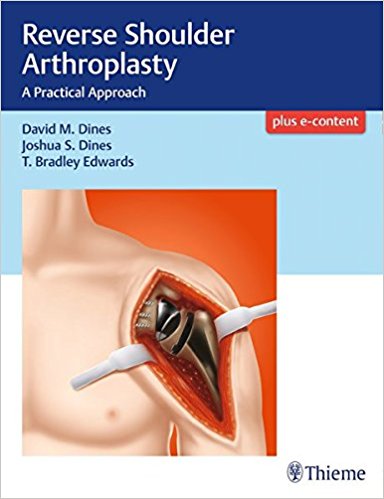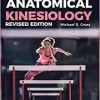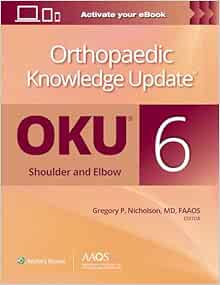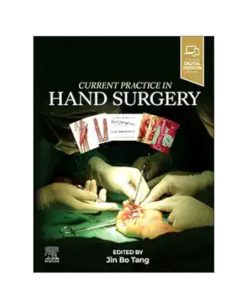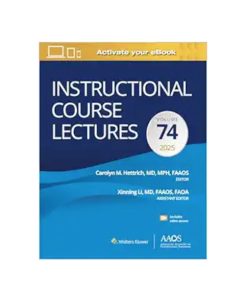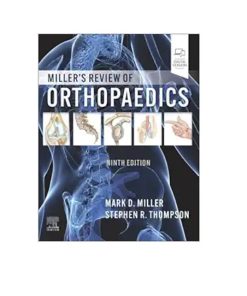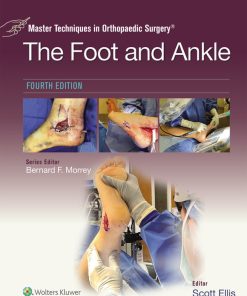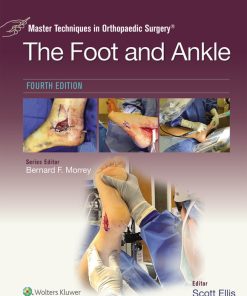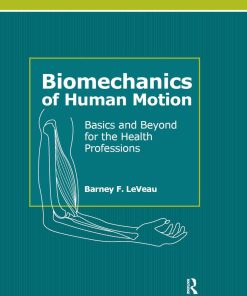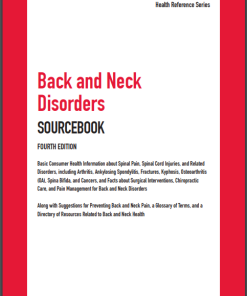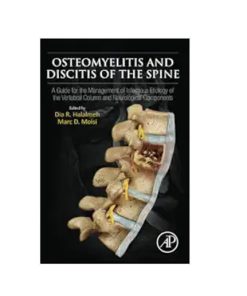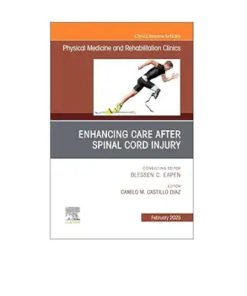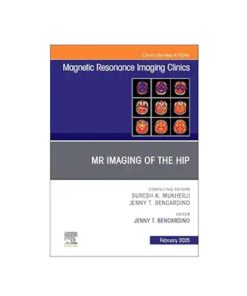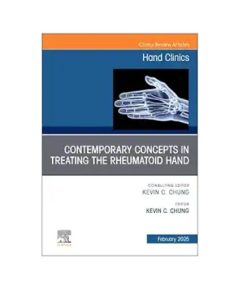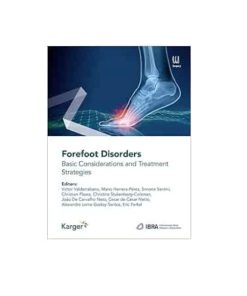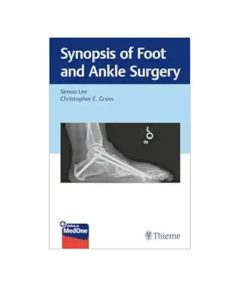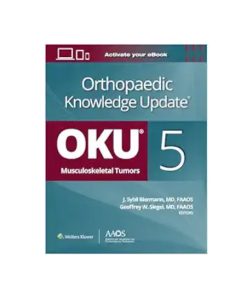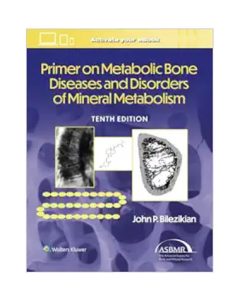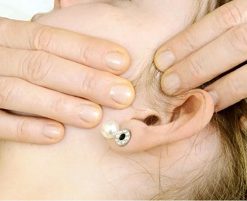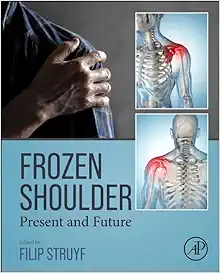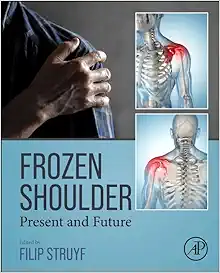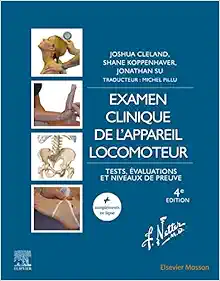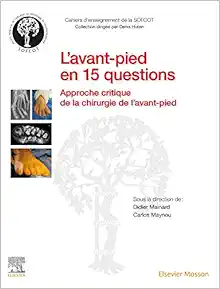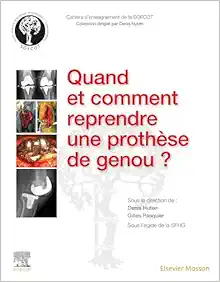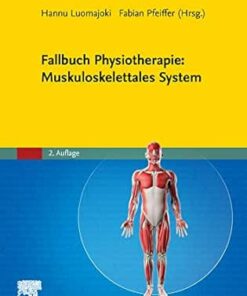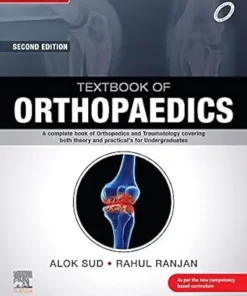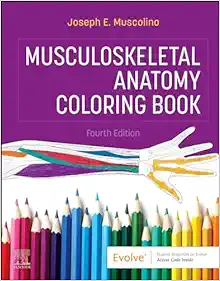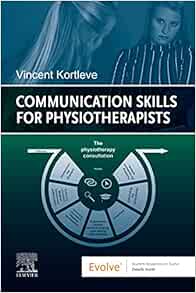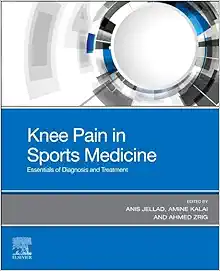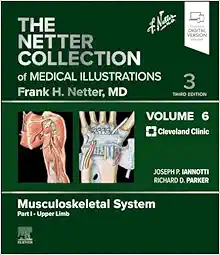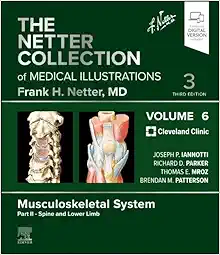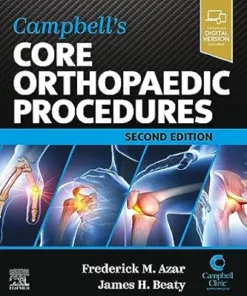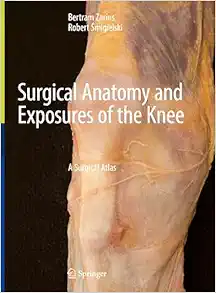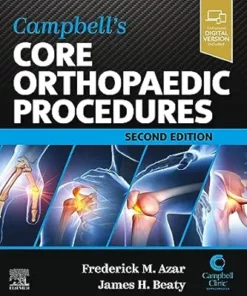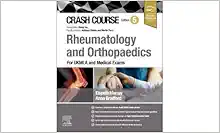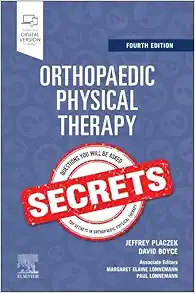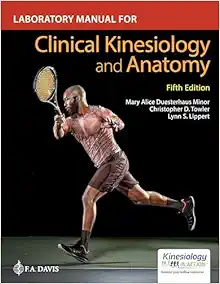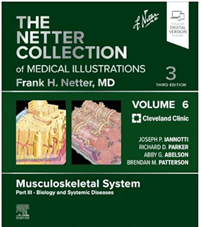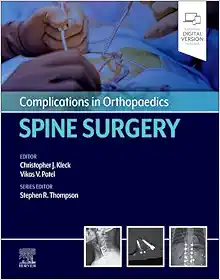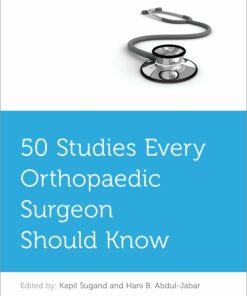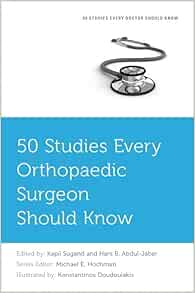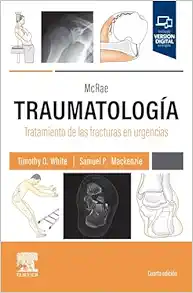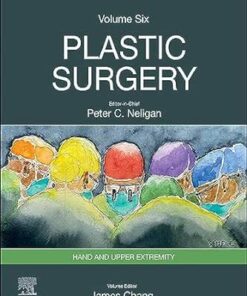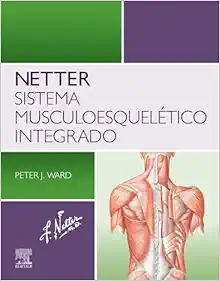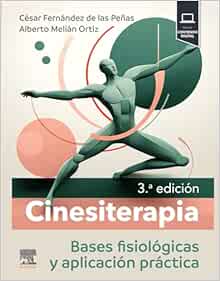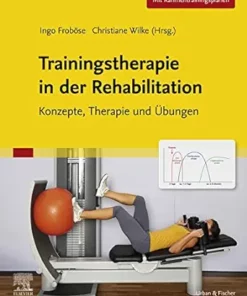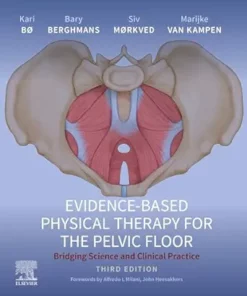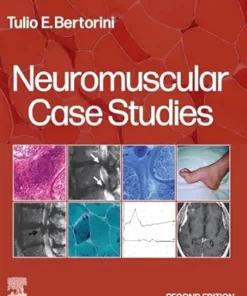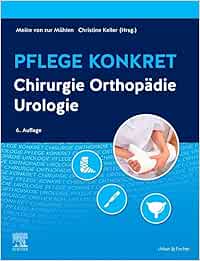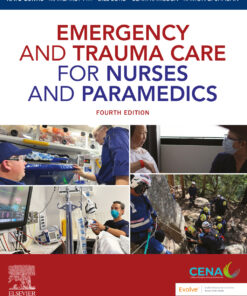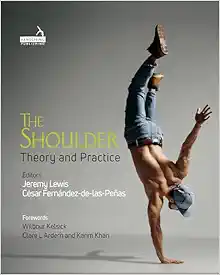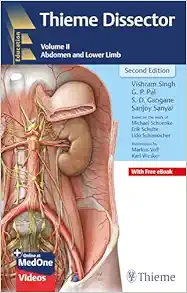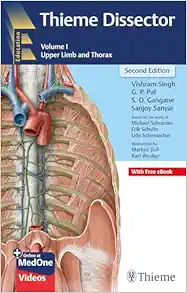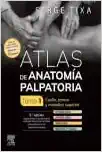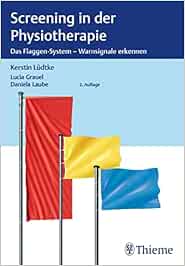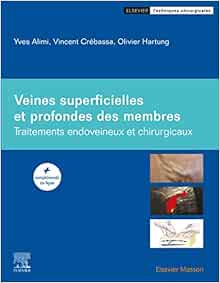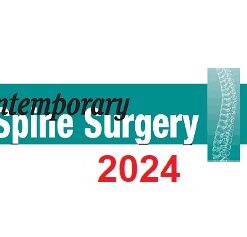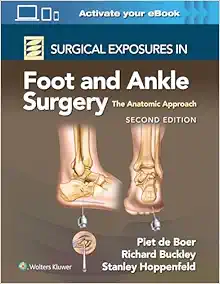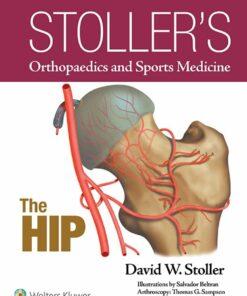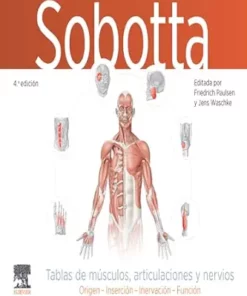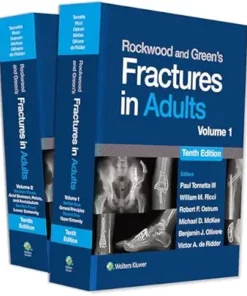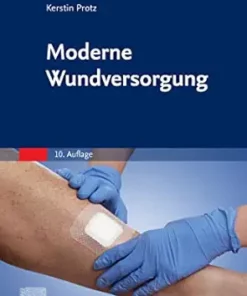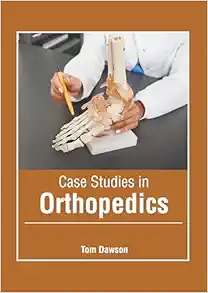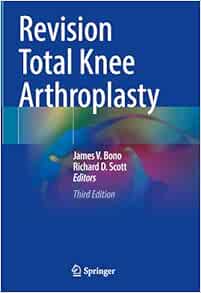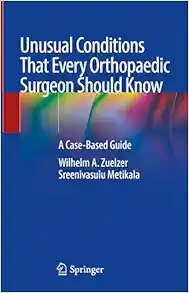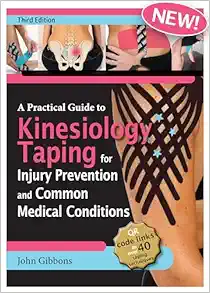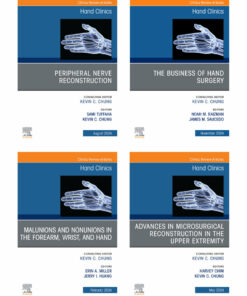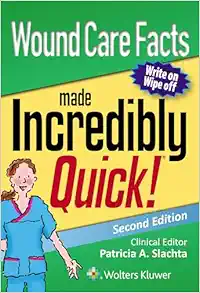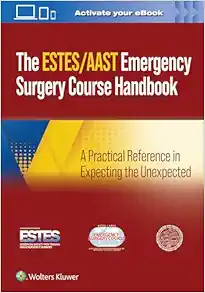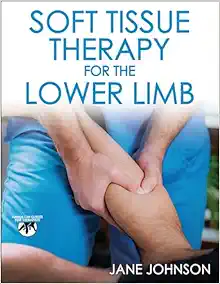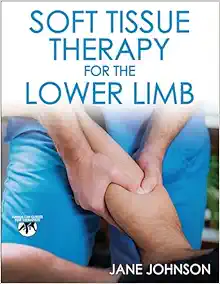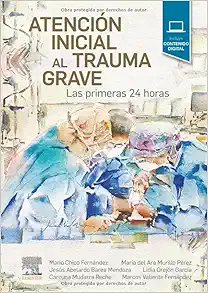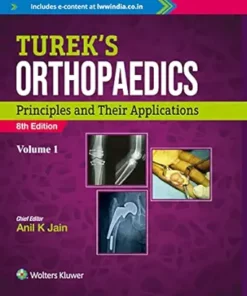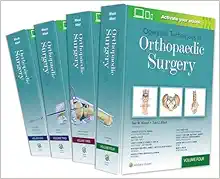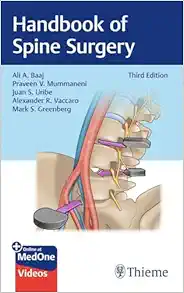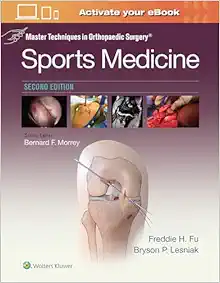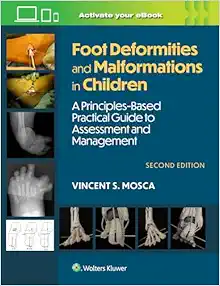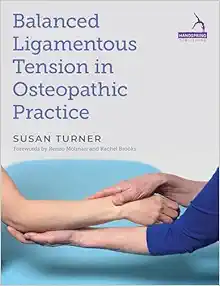Reverse Shoulder Arthroplasty: A Practical Approach
Reverse shoulder arthroplasty (RSA) is a medical procedure that has come a long way from being experimental to becoming the fastest-growing implant technology today. The immense success of RSA, made shoulder arthroplasty suitable for young and active patients. This successful procedure is the result of the hard work and research of top experts in the field of orthopaedic surgery. David M. Dines, Joshua Dines, and T. Bradley Edwards have put together a masterful book, The Reverse Shoulder Arthroplasty: From Basic Science to Clinical Outcomes, aimed at sharing clinical insights gleaned from hands-on refinement of shoulder replacement techniques.
The book starts with the authors taking the reader through the history and evolution of RSA. The first two sections of the book discuss how RSA has increased the durability and longevity of implant technology, resulting in younger and active patients becoming viable candidates for this surgical procedure. The illustrations in the book make it easy to follow and learn about the step-by-step surgical techniques for specific injuries and conditions.
The next three sections of the book discuss past and recent results, complications, and rehabilitation. This information is highly valuable for orthopaedic surgeons who treat shoulder conditions since they can learn complex procedures, implement them, and handle complications as they arise. The last section of the book covers patient-specific instrument use, convertible humeral and glenoid components, and the potential of stemless humeral technology in the future.
What sets this book aside is the level of detail about the latest trends in patient-specific components, guide systems, and instrument design. The authors have not left any stones unturned; they have discussed every aspect of RSA and have even included clinical pearls on how to recognize and handle complications that may occur. These complications may include instability, infection, scapular notching, component loosening, glenoid and humeral bone loss, and RSA failure.
By reading this book, medical professionals can get an in-depth understanding of how RSA plays a pivotal role in making shoulder arthroplasty the fastest-growing implant technology today. With the help of high-quality videos and 300 superb illustrations, readers can properly delineate each of the techniques discussed in the book.
The Reverse Shoulder Arthroplasty: From Basic Science to Clinical Outcomes, is published by Thieme and is an eBook Digital edition of 256 pages. The book is available in English, with ISBN-10 of 1626233608 and ISBN-13 of 978-1626233607. The product dimensions of the book are 8.5 x 0.8 x 11 inches.
In conclusion, The Reverse Shoulder Arthroplasty: From Basic Science to Clinical Outcomes, is a practical resource that offers valuable insight for medical professionals. The book enables them to learn complex procedures, put them into practice, and handle complications as they arise. It is an invaluable tool for orthopaedic surgeons who treat shoulder conditions and should be a part of their medical library. The book is highly recommended, and ordering it will be a great asset for any medical professional looking to enhance their knowledge about RSA.
Product Details
- The latest trends in patient-specific components, guide systems, and instrument design
- The use of RSA for rotator cuff repair, shoulder arthritis, and acute and complex fractures
- In-depth discussion of techniques to improve deltoid function, avoid impingement, and increase implant longevity
- Clinical pearls on how to recognize and handle complications that occur: instability, infection, scapular notching, component loosening, glenoid and humeral bone loss, and RSA failure
- High quality videos and 300 superb illustrations further delineate techniques
- Hardcover: 256 pages
- Publisher: Thieme; 1 edition (September 27, 2017)
- Language: English
- ISBN-10: 1626233608
- ISBN-13: 978-1626233607
- Product Dimensions: 8.5 x 0.8 x 11 inches
Related Products
ORTHOPAEDICS SURGERY
ORTHOPAEDICS SURGERY
ORTHOPAEDICS SURGERY
ORTHOPAEDICS SURGERY
Master Techniques in Orthopaedic Surgery: The Foot and Ankle, 4th Edition (Videos)
ORTHOPAEDICS SURGERY
Master Techniques in Orthopaedic Surgery: The Foot and Ankle, 4th Edition EPUB
ORTHOPAEDICS SURGERY
ORTHOPAEDICS SURGERY
Synopsis of Foot and Ankle Surgery (Original PDF from Publisher)
ORTHOPAEDICS SURGERY
Orthopaedic Knowledge Update®: Musculoskeletal Tumors 5 (EPUB)
ORTHOPAEDICS SURGERY
Primer on the Metabolic Bone Diseases and Disorders of Mineral Metabolism, 10th edition (EPUB)
ORTHOPAEDICS SURGERY
TMJ Extremity Proficiency Product 2023 – ExtremityExperts (Videos)
ORTHOPAEDICS SURGERY
ORTHOPAEDICS SURGERY
Frozen Shoulder: Present and Future (Original PDF from Publisher)
ORTHOPAEDICS SURGERY
Quand et comment reprendre une prothèse de genou ? (French Edition) (True PDF from Publisher)
ORTHOPAEDICS SURGERY
Spezielle Unfallchirurgie (German Edition), 2nd Edition (True PDF from Publisher)
ORTHOPAEDICS SURGERY
Textbook of Orthopaedics, 2nd Edition (True PDF from Publisher)
ORTHOPAEDICS SURGERY
Musculoskeletal Anatomy Coloring Book, 4th Edition (True PDF from Publisher)
ORTHOPAEDICS SURGERY
Communication Skills for Physiotherapists (True PDF from Publisher)
ORTHOPAEDICS SURGERY
Trauma Surgery Essentials: A Must-Know Guide to Emergency Management (True PDF from Publisher)
ORTHOPAEDICS SURGERY
Complications in Orthopaedics: Pediatrics (True PDF from Publisher)
ORTHOPAEDICS SURGERY
Dupuytren’s Disease: A Scientific Review (True PDF from Publisher)
ORTHOPAEDICS SURGERY
Knee Pain in Sports Medicine: Essentials of Diagnosis and Treatment (True PDF from Publisher)
ORTHOPAEDICS SURGERY
Campbell’s Core Orthopaedic Procedures, 2nd Edition (True PDF from Publisher)
ORTHOPAEDICS SURGERY
Surgical Anatomy and Exposures of the Knee: A Surgical Atlas (Original PDF from Publisher)
ORTHOPAEDICS SURGERY
ORTHOPAEDICS SURGERY
Lower Extremity Proficiency Product 2023 – ExtremityExperts (Videos)
ORTHOPAEDICS SURGERY
CTS Extremity Proficiency Product 2023 – ExtremityExperts (Videos)
ORTHOPAEDICS SURGERY
Orthopaedic Physical Therapy Secrets, 4th Edition (True PDF from Publisher)
ORTHOPAEDICS SURGERY
Laboratory Manual for Clinical Kinesiology and Anatomy, 5th Edition (EPUB)
ORTHOPAEDICS SURGERY
Complications in Orthopaedics: Spine Surgery (EPUB + Converted PDF)
ORTHOPAEDICS SURGERY
ORTHOPAEDICS SURGERY
Plastic Surgery: Hand and Upper Limb, Volume 5, 5th Edition (True PDF from Publisher)
ORTHOPAEDICS SURGERY
Netter. Sistema musculoesquelético integrado (True PDF from Publisher)
ORTHOPAEDICS SURGERY
Evidence-Based Physical Therapy for the Pelvic Floor, 3rd Edition (True PDF from Publisher)
ORTHOPAEDICS SURGERY
Neuromuscular Case Studies, 2nd Edition (True PDF from Publisher)
ORTHOPAEDICS SURGERY
Pflege konkret Chirurgie Orthopädie Urologie, 6th Edition (True PDF from Publisher)
ORTHOPAEDICS SURGERY
Emergency and Trauma Care for Nurses and Paramedics, 4th Edition (True PDF from Publisher)
ORTHOPAEDICS SURGERY
ORTHOPAEDICS SURGERY
Thieme Dissector Volume 2: Abdomen and Lower Limb, 2nd Edition (Original PDF from Publisher)
ORTHOPAEDICS SURGERY
Thieme Dissector Volume 1: Upper Limb and Thorax, 2nd Edition (Original PDF from Publisher)
ORTHOPAEDICS SURGERY
Imagerie musculosquelettique traumatique (Original PDF from Publisher)
ORTHOPAEDICS SURGERY
Screening in der Physiotherapie, 2nd Edition (Original PDF from Publisher)
ORTHOPAEDICS SURGERY
ORTHOPAEDICS SURGERY
ORTHOPAEDICS SURGERY
Stoller’s Orthopaedics and Sports Medicine: The Hip (Original PDF from Publisher)
ORTHOPAEDICS SURGERY
Rockwood and Green’s Fractures in Adults, 10th edition (EPUB + Converted PDF)
ORTHOPAEDICS SURGERY
Moderne Wundversorgung, 10th Edition (German Edition) (True PDF from Publisher)
ORTHOPAEDICS SURGERY
Pflegewissen Wunden, 3rd Edition (German Edition) (True PDF from Publisher)
ORTHOPAEDICS SURGERY
ORTHOPAEDICS SURGERY
Revision Total Knee Arthroplasty, 3rd edition (Original PDF from Publisher)
ORTHOPAEDICS SURGERY
ORTHOPAEDICS SURGERY
Soft Tissue Therapy for the Lower Limb (Original PDF from Publisher)
ORTHOPAEDICS SURGERY
ORTHOPAEDICS SURGERY
Atención inicial al trauma grave: Las primeras 24 horas (Original PDF from Publisher)
ORTHOPAEDICS SURGERY
Spinal Deformities: The Comprehensive Text, 2nd edition (Original PDF from Publisher+Videos)
ORTHOPAEDICS SURGERY
Handbook of Spine Surgery, 3rd Edition + Videos (Original PDF from Publisher)
ORTHOPAEDICS SURGERY
Rockwood and Wilkins’ Fractures in Children, 10th edition (EPUB + Converted PDF)
ORTHOPAEDICS SURGERY
ORTHOPAEDICS SURGERY
Intracranial and Spinal Dural Arteriovenous Fistulas (Original PDF from Publisher)
ORTHOPAEDICS SURGERY
Balanced Ligamentous Tension in Osteopathic Practice (Original PDF from Publisher)

